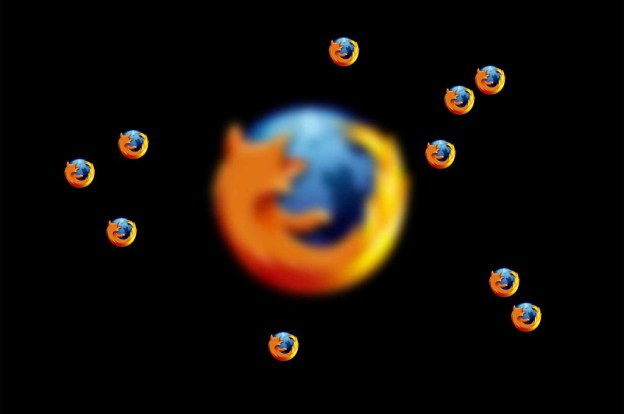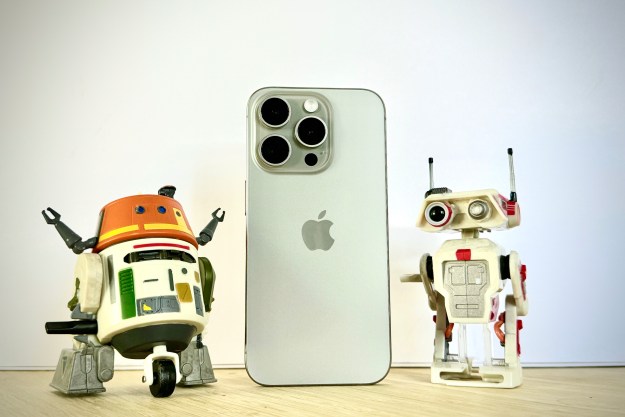
Mozilla, maker of the popular Firefox browser, is developing a mobile operating system that will take the web-based functionality of Google’s Chrome operating system and combine it with the smartphone- and tablet-centric functionality of software like Android or iOS. The experimental software project is called Boot to Gecko (B2G), and has a specific focus on expanding the use of HTML 5-based applications.
“Mozilla believes that the web can displace proprietary, single-vendor stacks for application development,” writes Mozilla researcher Andreas Gal in an announcement of the B2G project to developers. “To make open web technologies a better basis for future applications on mobile and desktop alike, we need to keep pushing the envelope of the web to include — and in places exceed — the capabilities of the competing stacks in question.” This, says Gal, is the goal of B2G.
The B2G project is currently “in its infancy,” so very little details even exist. We do know that Mozilla developers will initially build B2G upon low-level Android code, and plans to develop a new custom user interface and application stack around the Firefox HTML rendering engine, Gecko. Once the build of B2G is further along, however, Mozilla says it plans to use “as little of Android as possible.”
Like Android, B2G will be open source, but Mozilla will take the code’s transparency one step further by releasing the code “in real time,” rather than waiting until full builds are available, as is the case with most open source software, including Android, Chrome and Firefox.
“We will do this work in the open, we will release the source in real-time, we will take all successful additions to an appropriate standards group, and we will track changes that come out of that process,” writes Gal. “We aren’t trying to have these native-grade apps just run on Firefox, we’re trying to have them run on the web.”
For those interested in more details on theB2G project, visit Mozilla’s wiki entry on it here.


